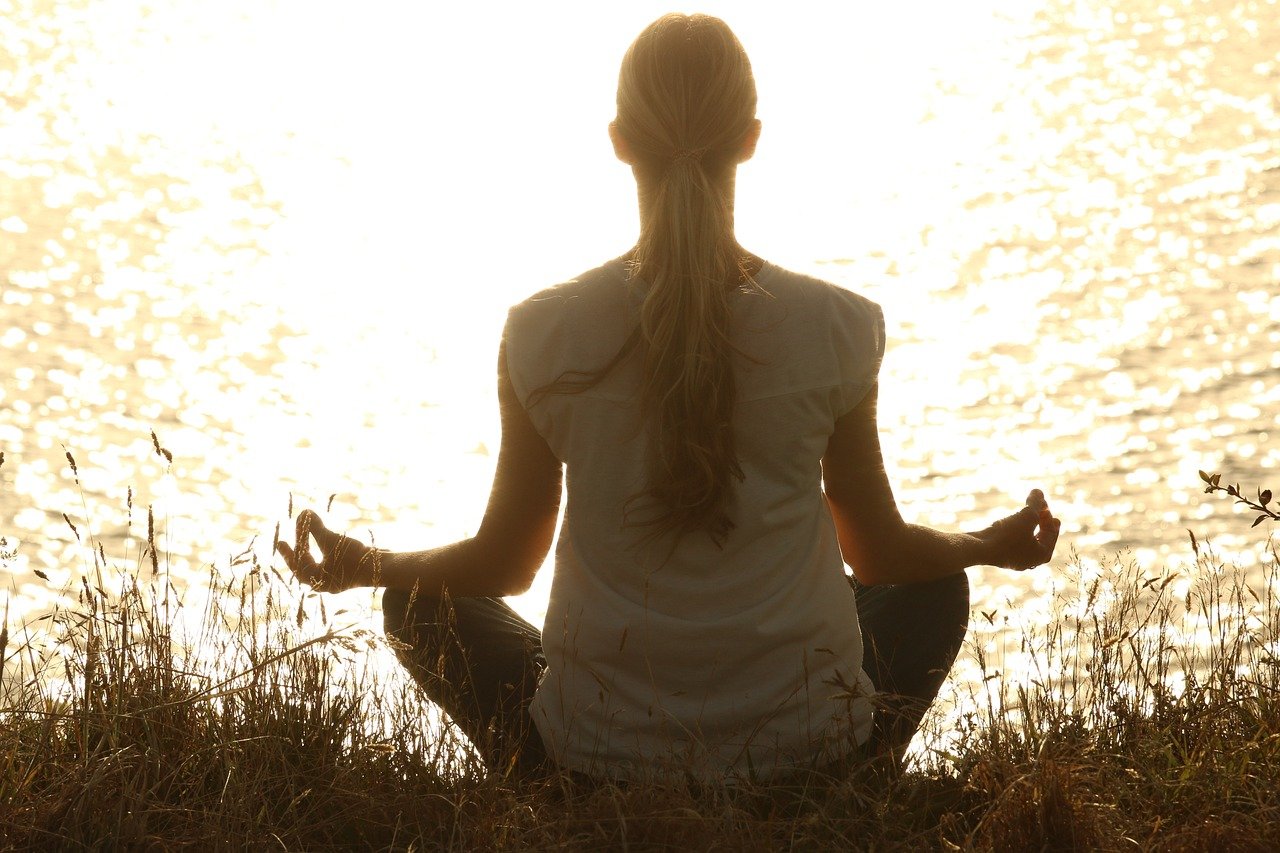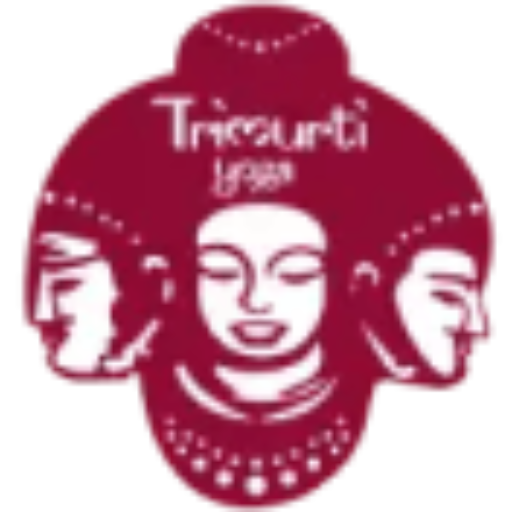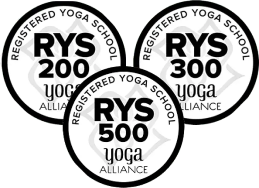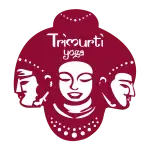
Most of the time, we think of MANTRA YOGA as a physical practise that involves different poses and ways of breathing.
Did you know that repeating a word or sound over and over while being aware of it is also a type of yoga?
Mantra yoga, japa, and mantra meditation all involve chanting sacred sound vibrations. This ancient practise is one of the best ways to clear your mind, focus your attention, and calm your emotions. This type of yoga is easy to learn and has a lot of health benefits.
It only takes about 15 minutes a day to practise.
Table of Contents
ToggleDescribe a mantra
A mantra is a word or group of words that are repeated out loud or in silence to call on spiritual powers. The word “manas” means “mind” in English, and “tra” means “instrument” or “tool.” It is usually translated as “a tool or instrument for the mind” or “something that, when thought about, brings freedom.”
Mantras are magical formulas of sacred syllables that were given to the Rishis (seers or wise people) when they were in the deepest states of meditation. They are one of the oldest parts of yoga and may have been the first way that people learned to meditate. Om or Aum is the most common mantra, and it is often used as the first word in longer chants. Most of the time, they are written in Sanskrit, Pali, Tibetan, or Prakrit. Sometimes they are written in Hindi or Gujrati. People think they have magical powers to heal, protect, and make money, but in mantra yoga, they are mostly used for spiritual growth.
What is mantra yoga?
Mantra yoga is a form of meditation that focuses on chanting sacred sounds along with conscious breathing and a meditative focus to calm the mind, build spiritual energy, and reach states of enlightenment. Mantra chanting is thought to be one of the easiest and most powerful ways to meditate.
Mantra yoga is an old science about how sound waves move. It is based on the idea that everything we do uses energy. Our thoughts, words, actions, and feelings are all part of a larger energy field called prana, which means \”life force.\” When we think or act, we send a wave of energy out into the world. When we repeat a mantra over and over, we direct that energy inward. This gives us access to our deeper selves and gives us more control over our minds.
In mantra yoga, the person doing it repeats a certain mantra over and over to get into a meditative state. Chanting these sacred sounds helps the mind focus on what the words mean and how they sound. As a practitioner focuses on repeating the sacred sound, how to say it, and what it means, he or she builds up psychic energy that can be used for spiritual purposes and to connect with the divine.
How pratyahara works
By concentrating on the repeated vibrations of sound, our attention and focus are drawn inwards, which helps us reach the hard state of pratyahara. When a practitioner is completely focused on the sound of the mantra, they are completely immersed in the experience of being in the moment. This lets meditators go deep into a state of meditation where they don\’t notice anything else around them. Practicing pratyahara makes it easy for yogis to go into deeper and deeper states of consciousness without being distracted by things going on around them.
Chanting a mantra is a part of mantra yoga
Mantra yoga is mostly done through japa, kirtan, and chanting in a group. Mantra meditation, or japa, is a way of meditating in which you repeat mantras in your mind. Kirtan is a devotional practise that involves singing mantras set to music back and forth with other people. Even though each kirtan is different, they usually have a leader who chants and a group of people who repeat what the leader says. Community chanting is often done as part of a ceremony or to start or end a yoga session.
How people chant
MANTRA YOGA can be spoken aloud, softly whispered, or said silently in the mind. In Vaikhari Japa, you say the mantra out loud to work on how to say it, improve your concentration, and feel the vibration of the words. Upamsu Japa is when you whisper or hum the mantra to bring about peace and harmony. Manasika Japa is chanting that takes place only in the mind. It requires a lot of concentration and focus. Ancient yogis say that chanting in silence is 100,000 times more powerful than chanting out loud.
Japa meditation technique
It is best to find a teacher who specialises in mantra yoga, but this may be hard to do. There are a lot of classes, workshops, retreats, and other ways to learn about mantra yoga from teachers. You could ask around to find a teacher in your area, or you could sign up for a class online.
mantra yoga can be chanted almost anywhere, at any time, and for any length of time. However, there are structured ways to chant mantras and rules that have been around for a long time. If you want to learn japa on your own, you should make sure you know all of the techniques and steps before you start.
To start, sit in a comfortable position, with the eyes closed, and slowly repeat the word or phrase silently or aloud. Pay close attention to the speed and rhythm of your chanting, as well as the correct way to say the mantra, its goal, and its hidden meaning. Focus the mind on the mantra, letting go of other thoughts and taking slow, deep breaths.
A mala, which is a string of beads, can be used to keep track of the 108 times the mantra is said. Not only is a mala is a way to keep track of the number of times you recite the mantra, but the tactile sensation of touching the beads improves. your focus and concentration.
When your attention wanders away from the mantra, gently bring your focus back to the sound, your breath and the tactile sensation of the mala beads. Keep going for a few minutes. It is best to finish the meditation at the end of a cycle of 108 operations.
Kirtan is a way to meditate
In kirtan, the mantra yoga is chanted while music plays in the background. This helps to focus the mind and has a stronger effect than just repeating the mantra yoga over and over again. When looking for a song to go with your mantra, choose one that makes you feel good. Songs with lyrics that make you think positively will have a bigger effect than ones with lyrics that are negative or sad. If you can, choose a song with a strong beat and a simple melody, which will make it easier to sing along. A good rule of thumb is to choose a song that you like and that makes you happy.
Benefits of mantra yoga
Mantra is a word or phrase that is repeated over and over. Like prayer and affirmations, it can have powerful effects on the mind, body, spirit, and emotions. Mantra yoga improves your mind\’s ability to focus, remember, and concentrate. Physically, japa meditation slows down the heart rate, lowers blood pressure, and triggers the relaxation response, which makes it possible for the body to heal and feel refreshed. It also helps people feel better about themselves, reduces stress, and keeps their emotions in check. Spiritually, mantras are said to get rid of bad karma, bring about jnana (wisdom), and be one of the many ways to reach self-realization through yoga. To get the most out of yoga, it\’s best to do it every day.
Practice tips
- Pay attention to how the mantra makes you feel in your body.
- Pay attention to where the vibrations of sound hit you in the head, chest, and body.
- Let the mantra flow naturally without forcing it.
- Don\’t worry too much about what you should think or how you should say the mantra. Just try your best and be honest about it.
- When you start to get distracted, bring your mind back to the mantra in a gentle way.
- Start with a simple and short mantra. Once you\’re used to the practise, you can add more complicated things, like chanting the Gayatri mantra.
- At first, practise 3–5 minutes every day. Then, as you get used to the practise, slowly add more time to it.
- The top The best time to practise is early in the morning or late at night.
- Focus on your breath and mantra to help you get more in the moment.
- When you\’re done repeating the mantra, take a moment to think about what it means and how it affects your mind, body, and heart.
Mantras are used for many things, like prayer, healing, meditation, and personal growth. Repetition of a mantra helps you get into a deep meditative state, clears your mind of negative thoughts, and connects you to your higher self and the divine by linking your breath to the vibration of sound. When you chant these holy sounds, it affects the body\’s energy channels and calms your mind and spirit. By using mantras, we can learn to tap into the spiritual wisdom that is already inside us, become more aware in our everyday lives, and help ourselves heal and change. Through this practise, we can awaken our inner consciousness, connect with our higher self, and reach spiritual enlightenment.








